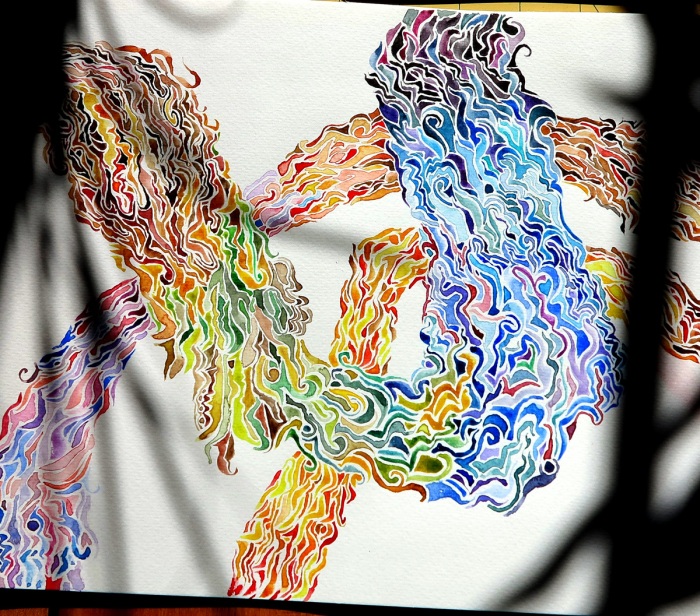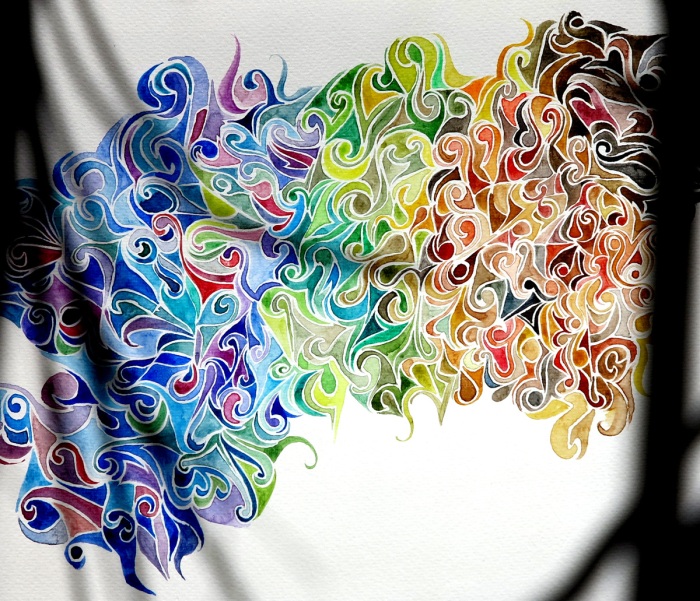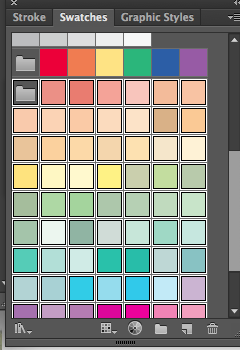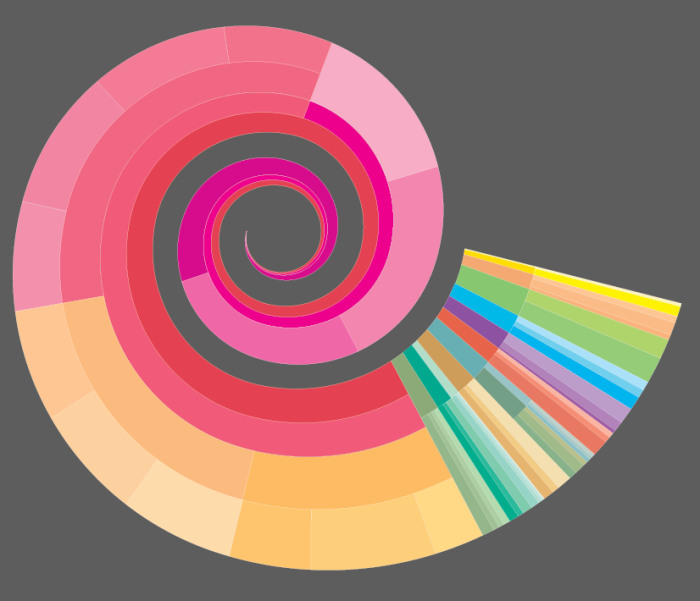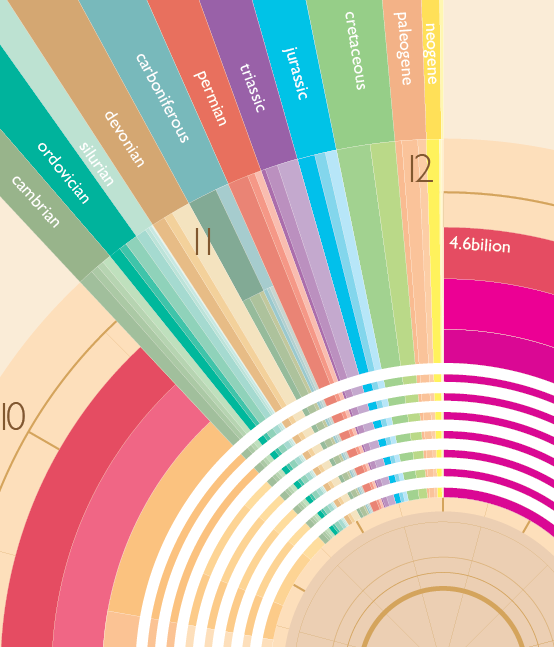@benteh
Orange is a tricky colour: when pale, it can be seen as yellow, when dark, it is seen as brown.
Bizarrely, orange did not get its English name until 1512. It was named after the fruit, though you could have thought it would have been the other way around. Even in the middle ages, English had no word for orange. Chaucer described it as:
bitwixe yelow and reed
Before importing the word orange from french, the colour was referred to as ġeolurēad(yellow-red). So orange was a really odd thing. To quote Alan Fletcher in his book The art of looking sideways:
Colour words are acquired by cultures in a strict sequence according to anthropologists who analysed 98 widely differing languages:
- All languages have black and white.
- if there are three words, the third is red.
- If there are four, then it is green or yellow.
- if five then whichever didn’t make four, yellow or green.
- if six, blue.
- if seven, it is brown.
- if eight or more, then purple, pink, orange and grey are added in any order.
So there is orange, with an identity crisis amongst purple, pink and grey. That is not to say that the colour did not exists or that it was invisible or utterly unappreciated. It just did not have its own name.
Saffron
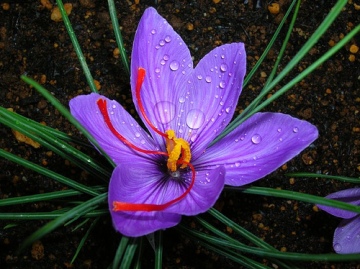 Saffron is a spice and a colour that comes from the purple saffron crocus. It is the most expensive spice in the world for good reasons. One evening the sun goes down, the field is bare. Then the flower appears overnight, lasts a day, and is gone. If you are not ready to harvest at any time, your crop, and possibly your livelihood, will be gone. It is a delicate, vulnerable thing, and to grow them takes a good deal of effort. It is the bright red stigma that gives the dye and the spice, the rest of the flower, the
Saffron is a spice and a colour that comes from the purple saffron crocus. It is the most expensive spice in the world for good reasons. One evening the sun goes down, the field is bare. Then the flower appears overnight, lasts a day, and is gone. If you are not ready to harvest at any time, your crop, and possibly your livelihood, will be gone. It is a delicate, vulnerable thing, and to grow them takes a good deal of effort. It is the bright red stigma that gives the dye and the spice, the rest of the flower, the 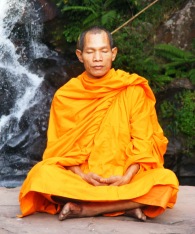 stamen and leaves are useless. And here is an oddity: the flowers are sterile. They cannot reproduce by pollenating, only by bulb offsets. So you will never find a saffron crocus in the wild.
stamen and leaves are useless. And here is an oddity: the flowers are sterile. They cannot reproduce by pollenating, only by bulb offsets. So you will never find a saffron crocus in the wild.
In 2007 Buddhists monks were at the forefront of the 2007 Burmese anti-government protests, the uprising has been referred to as the Saffron Revolution. It is worth noting though, that their robes are not dyed with saffron, but with turmeric or jackfruit.
In 2013 the prices for certain spices (USD for 1ounce):
- Saffron: $354
- Vanilla: $8
- Clove: $4
- Cardamom: $3.75
- Pepper: $3.75
- Thyme: $2.74
Continue reading →

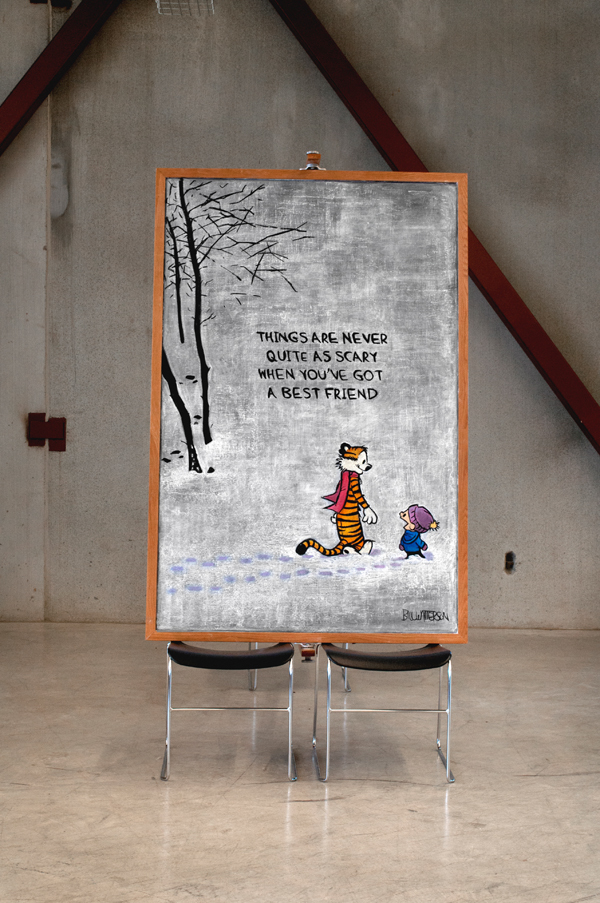
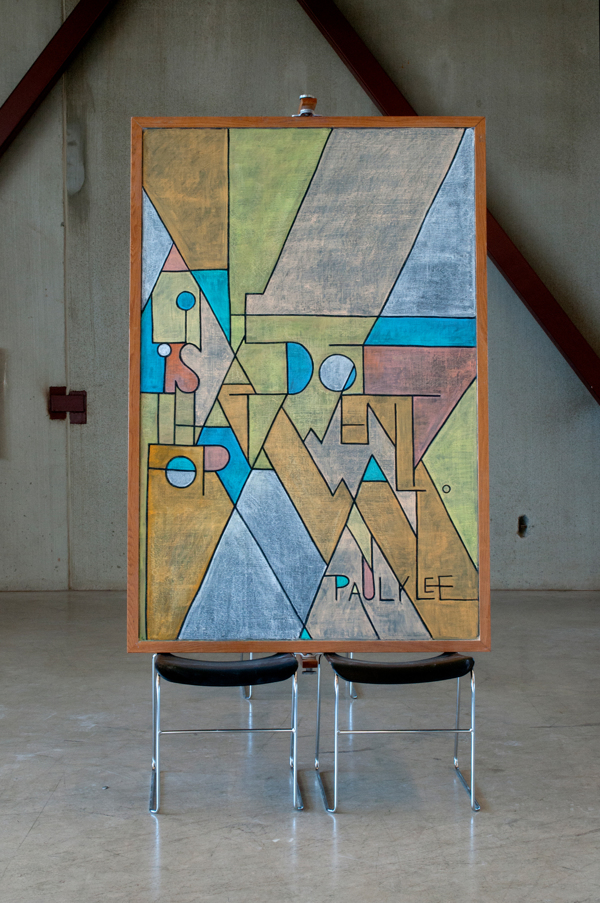

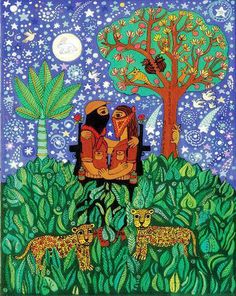









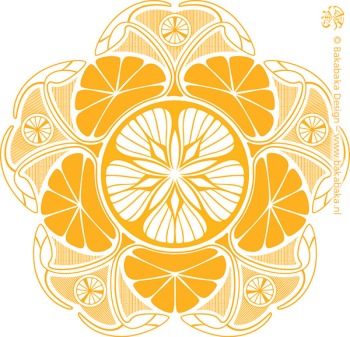





















 stamen and leaves are useless. And here is an oddity: the flowers are sterile. They cannot reproduce by pollenating, only by bulb offsets. So you will never find a saffron crocus in the wild.
stamen and leaves are useless. And here is an oddity: the flowers are sterile. They cannot reproduce by pollenating, only by bulb offsets. So you will never find a saffron crocus in the wild.
